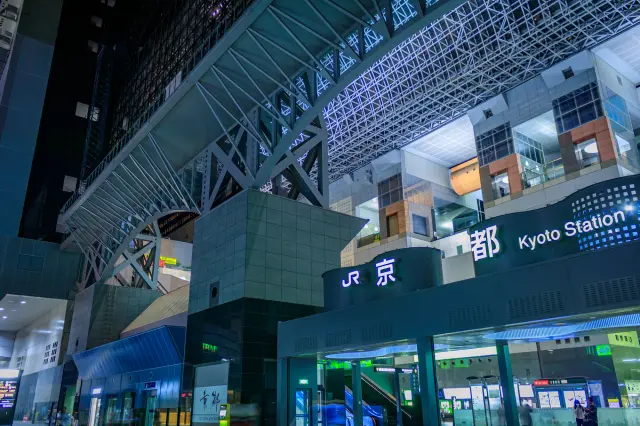 Search for Flights
Search for Flights
 Search for Hotels
Search for Hotels
 Check Exchange Rates
Check Exchange Rates
 Check the Weather
Check the Weather

Special tea ceremony performed by Beihaku Ozaki, 4th generation Iemoto of the Fuso branch of the Oribe School
Last update
The tea ceremony is a traditional Japanese culture widely known all over the world.
The custom of enjoying tea is found in many parts of the world, but only Japan has discovered beauty in the making and drinking of tea and developed it into an art form and culture. While changing and evolving with the times and the society over the centuries since the Heian period, the fundamental spirit of the tea ceremony has been handed down to this day.
Today, we will be introduced to the charm of the tea ceremony by Beihaku Ozaki, 4th generation iemoto (head) of the Fuso branch of the Oribe School of Tea Ceremony. The Oribe School was founded by Furuta Oribe, feudal lord and tea master who incorporated his own interpretation and innovative style into the “wabi-cha” style of tea ceremony perfected by Sen no Rikyu. The iemoto is going to perform the special tea ceremony for us himself.
The setting is Shobikan guest house in the grounds of Heian Shrine, one of Kyoto’s most well-known shrines. The shinden-zukuri (architectural style used in aristocratic mansions in the Heian period) guest house was relocated from the Kyoto Imperial Palace. It has a very special feel and time spent there is deeply enriching.
A Heian-period shrine that imparts the elegance and refinement of Kyoto, the ancient capital for 1,000 years, to the present day

The huge vermilion torii gate, the biggest in Japan when it was built in 1929, is a local landmark.
Okazaki area, situated next to Higashiyama area where many of Kyoto’s popular tourist attractions are located, is redolent with history and culture. Heian Shrine has a core presence in the area and it is the setting for our special cultural experience.
Heian Shrine was built in 1895 to commemorate the 1,100th anniversary of the transfer of the capital from Nara to Kyoto. Kyoto was in such decline at the time, due to fighting in the closing days of the Tokugawa shogunate and the transfer of the capital to Tokyo following the Meiji Restoration, that it is hard to imagine it flourishing as the capital for over 1,000 years. The construction of Heian Shrine was supported by donations from many people, including Kyoto residents, and it became a symbol of Kyoto’s revitalization and the spiritual home of the people of Kyoto.
The main buildings dotted across the spacious grounds were built in the style of the Chodoin, the State Hall of the Greater Imperial Palace of Heiankyo. The bright vermilion of the pillars, gables and rafters gives the shrine a courtly aura and imparts the elegance of ancient Kyoto.
Shinden-zukuri guest house in Kyoto’s famous Heian Shrine garden

Shobikan guest house stands beside Seiho-ike Pond in the East Garden and is not usually open to the public.
The vermilion torii gate, main shrine buildings and other buildings of Heian Shrine are impressive, but the beauty of the garden that surrounds the main shrine buildings cannot be overlooked. The vast garden, which was designed by famous landscape gardener Jihei Ogawa Vll (also known as Ueji), is approximately 33,000 square meters in size and features a garden style with a path around a pond. It is a highly regarded example of Meiji era garden design.
Shobikan in the East Garden is the setting for our special cultural experience. The shinden-zukuri building was relocated from the Kyoto Imperial Palace in the Taisho era and used as a guest house for a large industrial exhibition held in Kyoto around that time. The paintings on the fusuma (sliding paper doors) were painted by Mochizuki Gyokkei, a Japanese painter who was active from the Meiji era through Showa, with the auspicious motifs of cranes, pine trees, bamboo and plum trees portrayed separately in each room. Seen from the corridor, the view of the East Garden against the borrowed landscape of the Higashiyama mountains is breathtakingly superb. It is so captivating that we forget the passing of time and cannot drag our eyes away.
What more enriching experience could there be than spending time in this special space not normally open to the public but made available exclusively for us?
The tea ceremony, a unique Japanese culture created by two great men, Sen no Rikyu and Furuta Oribe

The tea ceremony is imbued with Japanese spirituality. Discovering beauty in the act of making and drinking tea and raising it to the level of art.
Our experience of the tea ceremony, a traditional Japanese culture, takes place in the dignified space of a prestigious shrine.
Originally consumed in China for its medicinal properties or as a stimulant, tea was introduced to Japan in the Heian period. It is said that a monk, a Japanese envoy to China during the Tang Dynasty, offered green tea to the emperor of the time. Later, the culture of tea spread among the samurai in samurai society from the Kamakura period through the Muromachi period and the elegant trend of drinking tea became popular. In time, Murata Juko, a Buddhist monk, transformed the world of the tea ceremony with his deeply spiritual preaching, leading to “wabi-cha” becoming the fundamental principle of the tea ceremony.
Sen no Rikyu, who served Oda Nobunaga, Toyotomi Hideyoshi and other rulers, perfected “wabi-cha,” establishing it as a composite art that included not just enjoyment of the tea, but appreciation of the surroundings and the tea utensils and implements. It is no exaggeration to say that without Rikyu today’s tea ceremony would not exist.
Seven military commanders, known as Rikyu’s Seven Foremost Disciples, looked up to Rikyu as their mentor and studied under him as his disciples. Of the seven, it is Furuta Oribe whose name has gone down in history as an outstanding tea master. Oribe was a military commander and master of the tea ceremony who dominated the world of tea by incorporating his own interpretation and design style into Rikyu’s wabi-cha after Rikyu’s death. The tea ceremony established by Oribe has been handed down to the present day by the Oribe School of Tea Ceremony.
Experiencing Oribe School tea ceremony culture in a special tea ceremony performed by the iemoto

Special kinin-date tea ceremony only performed by the iemoto for persons of high rank.
The tea ceremony at Heian Shrine’s Shobikan is performed by Iemoto Beihaku Ozaki. He is the 4th generation iemoto of the Fuso branch of the Oribe School of Tea Ceremony, a branch of the Oribe School which was founded in Kyoto when the already established official Oribe School was modified.
When the iemoto enters Shobikan, he makes the preparations for the tea ceremony, hanging the scroll, arranging the flowers and laying the carpet. Preparing the room to welcome the guests is just as much an important element of the tea ceremony as making the tea.
First, the iemoto’s pupils serve tea in the manner of “futatsugashira.” This is a rare style of tea ceremony, performed standing by two hosts for two guests of honor. It is said to be the original form of the tea ceremony and is rooted in the Buddhist rituals performed in Zen temples when tea culture was first introduced from China. When four guests are involved, it is called “yotsugashira.” This kind of tea ceremony temporarily disappeared and was not performed even at Zen temples, but it was revived by the founder of the Fuso branch of the Oribe School. The five great Zen temples of Kyoto were trained in this style of tea ceremony with the result that it has been handed down to this day.
The iemoto then performs the kinin-date. This is a special tea ceremony only performed for high-ranking guests. Each action in the ceremony – using a tenmoku tea bowl, not placing the chashaku (tea scoop) or other utensils directly on the tatami, the tea master not turning his back toward the guests or looking directly at them – is a mark of respect and awe for the high-ranking guests. Normally, the iemoto would never perform the tea ceremony for ordinary guests, so for the iemoto to perform this noble tea ceremony for us was truly precious and special.
Preview the experience online
Check also...

3-Day Central Japan Itinerary: From Kyoto to Fukui’s Castle Towns and Temples
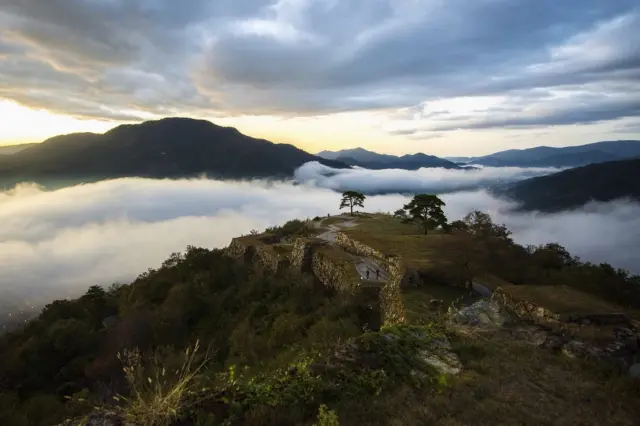
From Himeji to the Castle in the Sky: Exploring Kansai’s Hidden Castle Towns
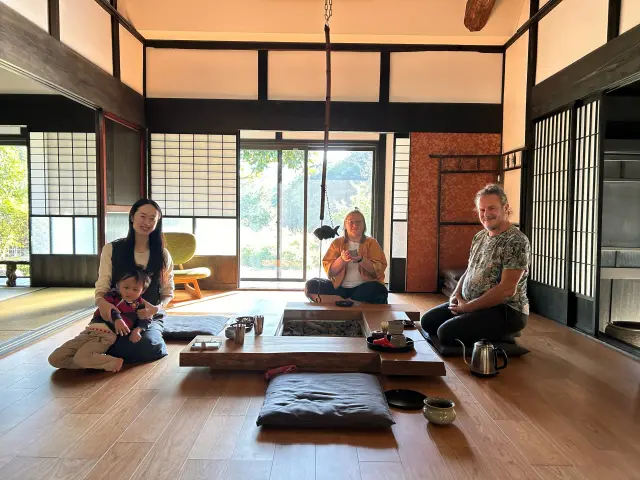
5 Local Experiences Not Found in Guidebooks: Kyoto Prefecture Edition
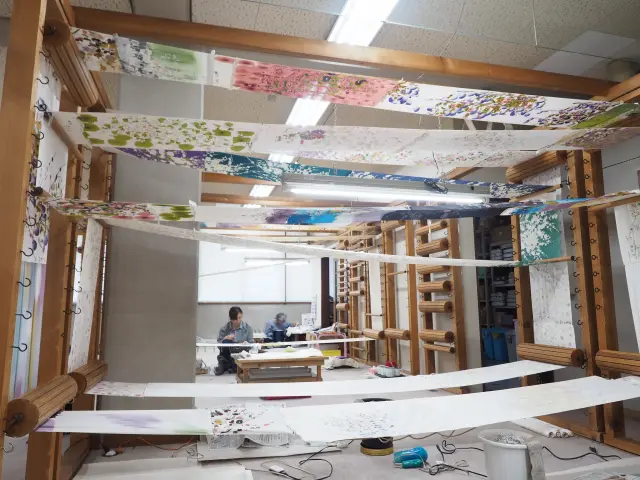
5 Local Experiences That Go Beyond the Classics: Kyoto City Edition
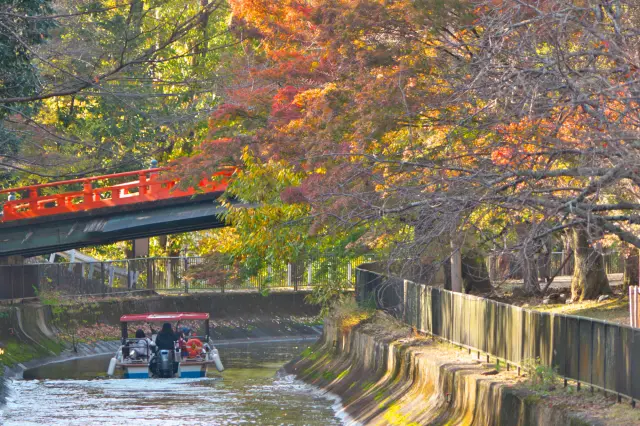
3 Spots with Timeless Landscapes for Appreciating Kansai’s Rich History
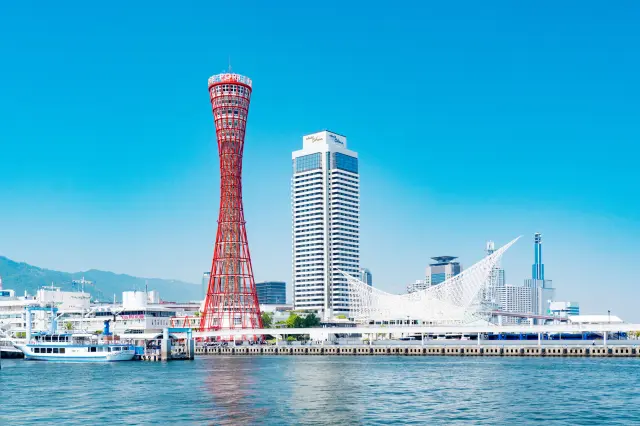
3 Memorable Scenic Spots in Kansai for Enjoying the Waterfront
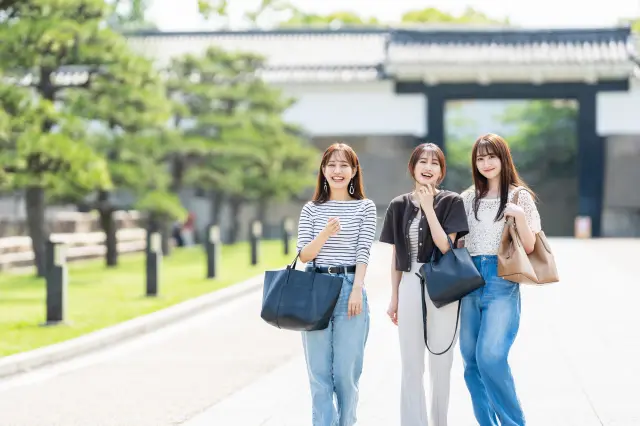
6 Value Transportation Passes for Traveling Around Kansai
